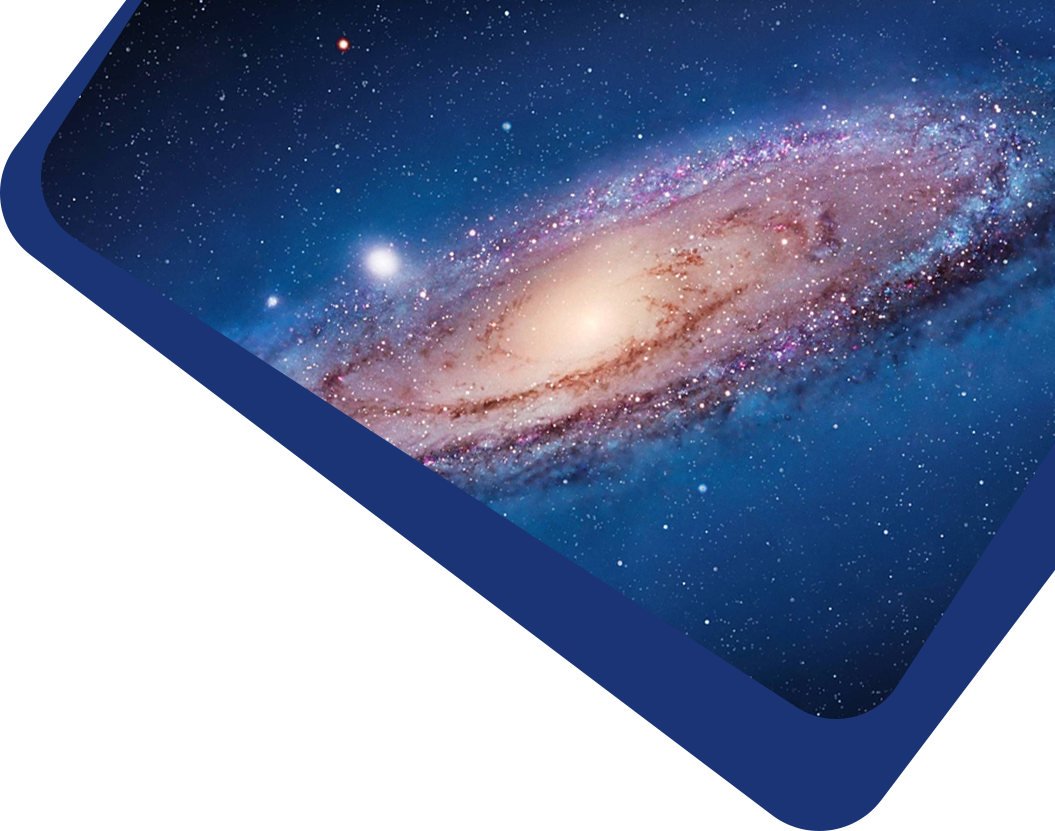Decameter-hectometric (DH) Type II bursts, arising from coronal mass ejection (CME)-driven shock waves, are crucial for understanding solar-terrestrial interactions and space weather forecasting. This study provides a comprehensive statistical analysis of CMEs associated with DH type II solar radio bursts during Solar Cycle 24 (2009–2019), utilizing data from the Wind/WAVES, Solar TErrestrial RElations Observatory/SWAVES, and Solar and Heliospheric Observatory/LASCO catalogs. Analyzing 180 events, we report key spectral and kinematic properties, including a mean CME speed of (1058 ± 531) km s–1 and a mean width of (288.39 ± 99.3), with 62% classified as halo CMEs. About 12% of the total CMEs are accelerated, 58% of them are decelerated, and 30% of them are constant. Similarly, CMEs having a speed ≤ 800 km s–1 are constant, and those with speed ≥ 800 km s–1 are decelerated. DH type II bursts displayed a mean starting frequency of (12,169.72 ± 4939) kHz, ending frequency of (2152.69 ± 3022.07) kHz, bandwidth of (10,017 ± 5353) kHz, and an average duration of (345.62 ± 453) minutes. A power-law relationship was established between the drift rate (df/dt) and burst duration (D), characterized by df/dt = 2749.07 · D−0.88, highlighting the inverse dependence of drift rate on burst longevity. This suggests a dynamic interplay between shock parameters and the ambient solar corona. The findings underscore the persistent and robust spectral coverage of CME-driven shocks, offering new insights into their evolution and impact on the heliospheric environment.



